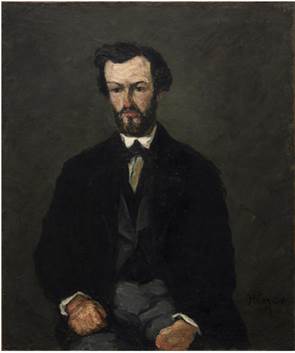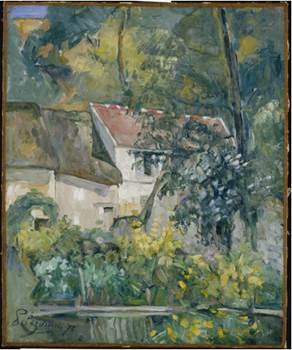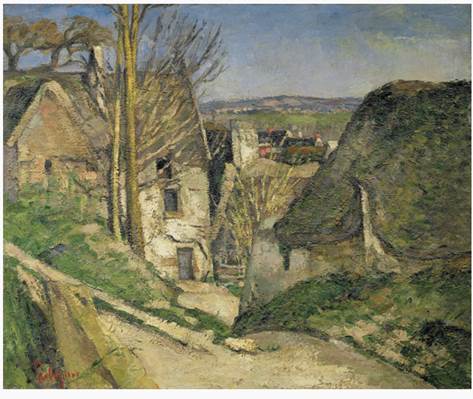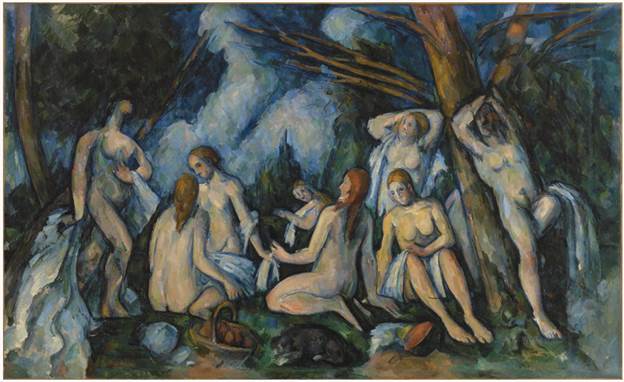Paul Cézanne
chronology
(French, 1839-1906)
-
Event
-
Paul Cézanne is born January 19, 1839, in Aix-en-Provence France out of wedlock, but is acknowledged by his father. He is the eldest son of Louis-August Cézanne, a wealthy banker, and Anne Elisabeth Honorine Aubert.
-
Cézanne attends the Free Drawing School at the age of 18. Most of his paintings are dark and depressing. Cézanne learns to draw life figures by practicing with sculptures in the school's museum.
-
Cézanne's father forces him to enroll in the law school at the University of Aix-en-Provence, France. He enrolls at the School of Design as well as the school of law. Cézanne quickly abandons law and visits Paris, where he meets Camille Pissarro. Pissarro encourages Paul to use color and investigate Impressionism.
-
Cézanne exhibits in the Salon des Refusés, a salon organized for artists denied exhibition into the official Salon.
-
Paul is finally accepted into the official Salon.
-
Cézanne begins his relationship with Hortense Fiquet, a French artist's model. The Franco-Prussian war begins, and Cézanne and Hortense flee to L'Estaque.
-
Cézanne's son, Paul, is born.
-
Cézanne spends the year in the rue R�my in Auvers with Hortense and their son. He works daily with Pissarro.
-
Paul is a featured artist at the first Impressionist Exhibition, showing three paintings.

Portrait d'Antony Valabrègue, 1866

La Maison du p�re Lacroix, Auvers-sur-Oise, 1873


